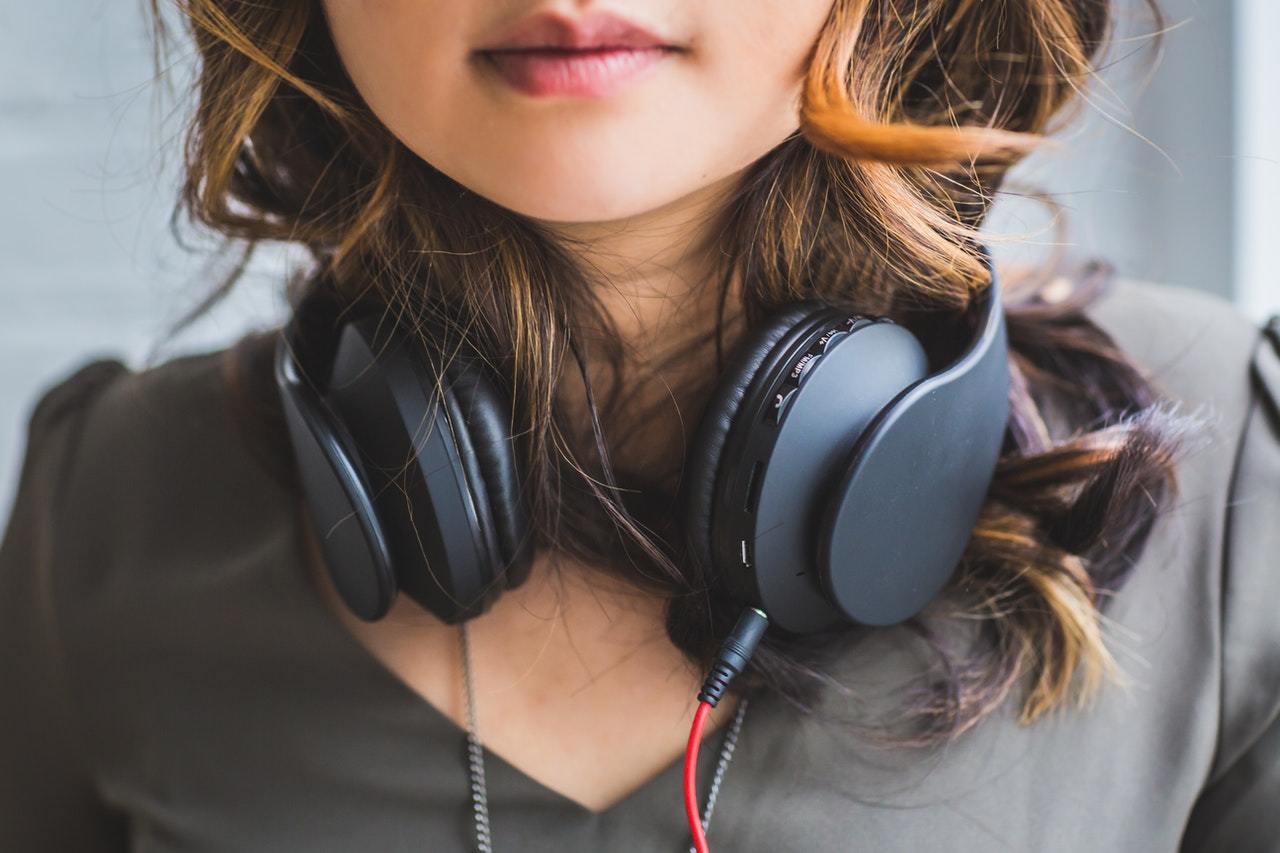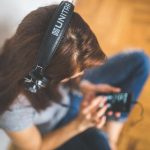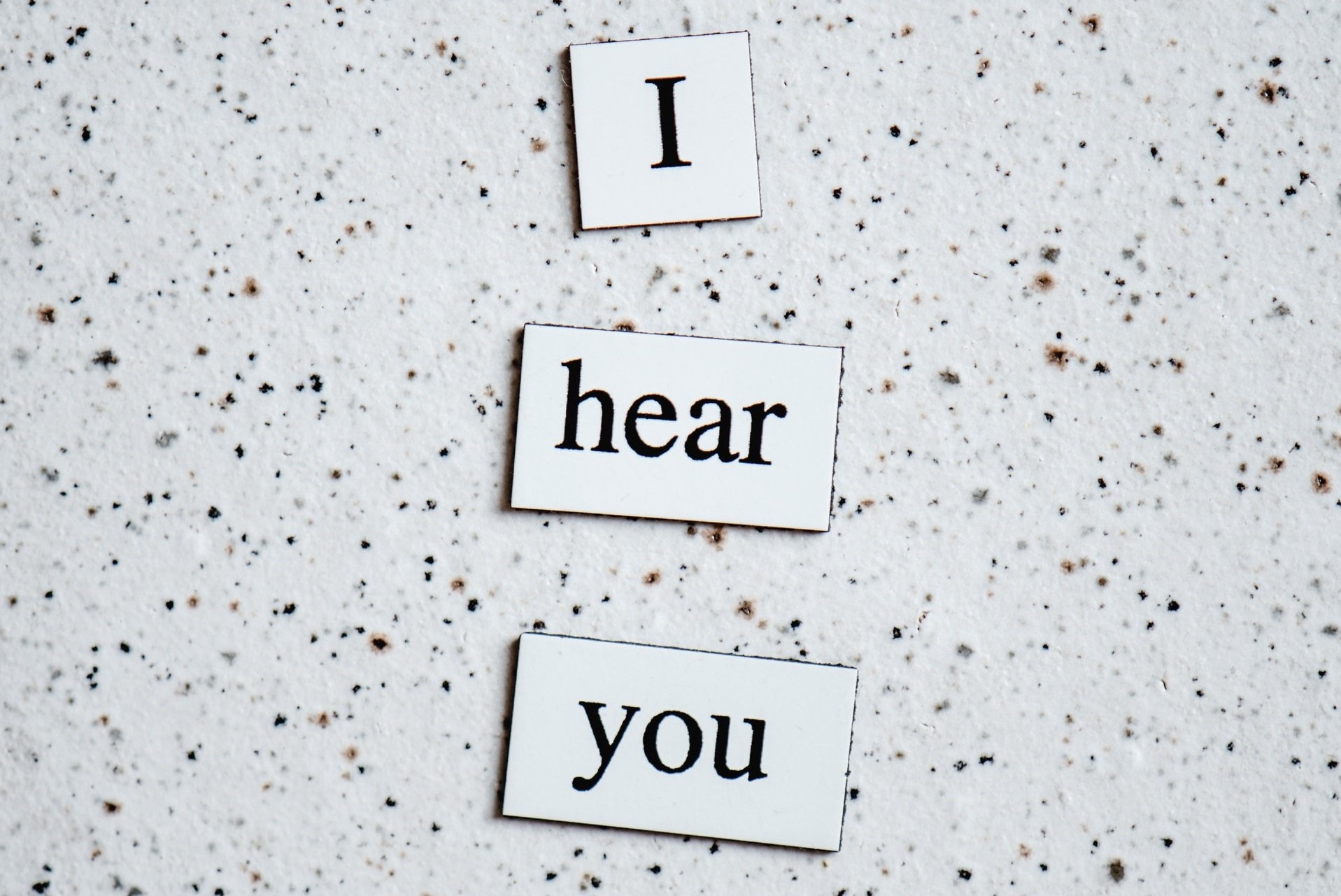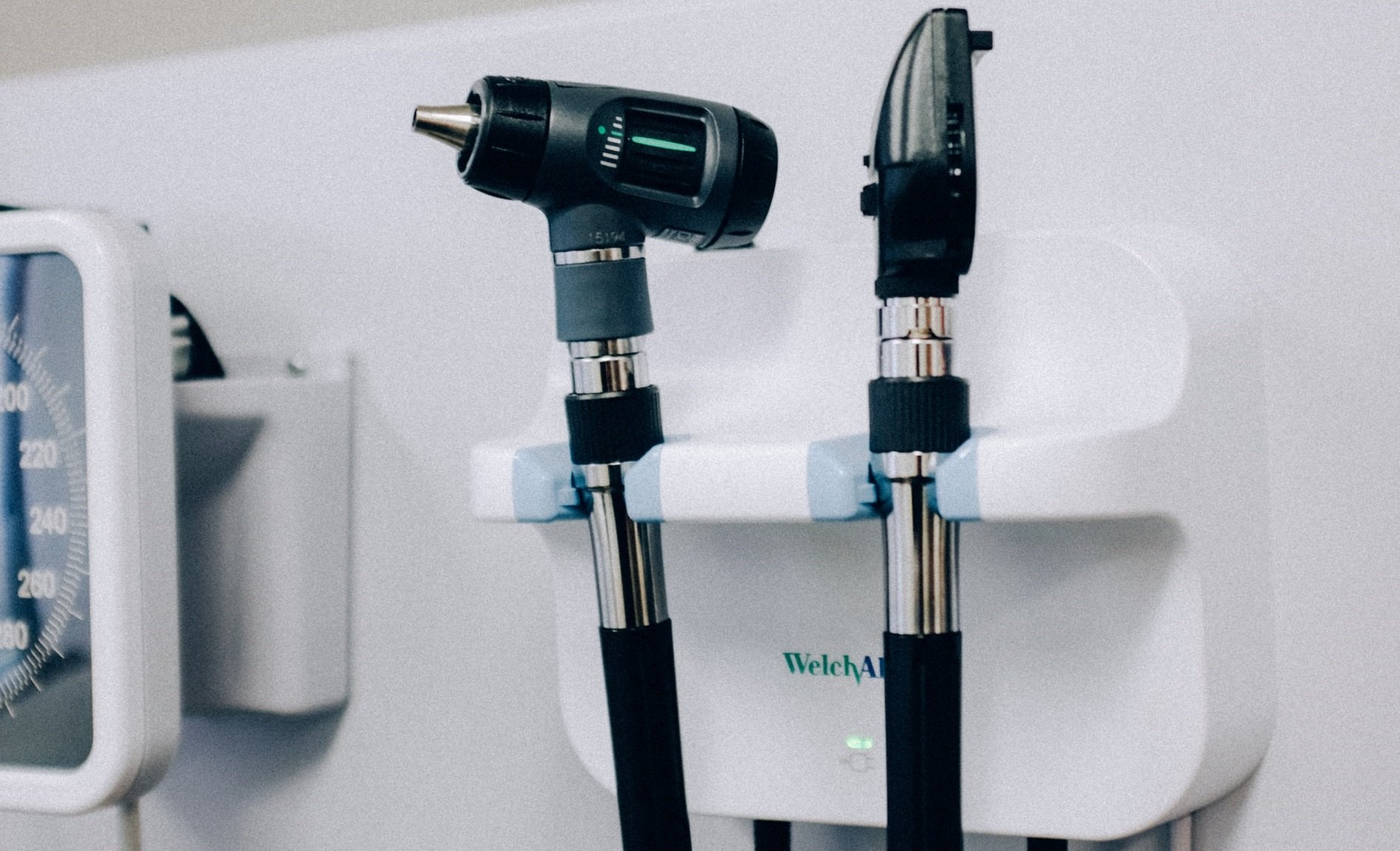
Headphones have been around since the early 1900s, and have seen many shapes and forms. They are the perfect way to listen to audio without disturbing those around us. For people who use hearing aids, however, headphones can be problematic. The major problem is that some headphones just don’t fit over hearing aids. So, you might have to remove your hearing aids in order to put headphones on, but then you probably have to turn the volume up to levels that are damaging to your remaining hearing, which is less than ideal.
However, there are other problems too. If the headphone is pressed too closely to the microphone of the hearing aid, then feedback can occur – an annoying whistling sound that occurs when audio signals become mixed. And then there’s the problem of volume: the audio you’re listening to and the hearing aid each have their own volume, so it’s difficult to know the true volume of the audio. Some people may turn the music up when they should be turning the sensitivity of their hearing aids down. As a result of these issues, many hearing aid wearers have given up on headphones altogether, but it doesn’t have to be that way – there are options that will work with most hearing aids.
Are There Hearing Aid Headphones?
While there are currently no hearing aid headphones on the market; the headphones that come the closest are bone conduction headphones. Bone conduction headphones utilize wireless Bluetooth technology and sit on your cheekbones just in front of your ear. As such, they transmit sound to your cheek and jawbones instead of to your eardrum. Therefore, the sound bypasses your outer and middle ear and stimulates the inner ear directly via the vibration of your bones.
The benefit of this type of headphone is that no matter what type of hearing aid you have, these headphones won’t interfere with it because they sit on your cheekbones, not on the ear. In addition, because bone conduction headphones don’t send sound to your hearing aids they won’t have the problem with feedback that you may get with other types of headphones. However, the major drawback is that because they aren’t directly implanted in your bone (such as with cochlear implants or bone anchored hearing aids) the sound transmission is not direct, and thus the sound quality may be lacking.
Can You Use Headphones With Hearing Aids?
The shorter answer is yes, you can use headphones if you wear hearing aids, but there are some things to keep in mind before you go out and buy a pair. First of all, earbuds like Apple’s AirPods are out – all hearing aids have a component that sits inside the ear canal and are therefore incompatible with earbuds, which also sit in the ear canal.
So headphones only. The main factor to consider when selecting a pair of headphones is fit – not all headphone types will work with all hearing aids. And a proper fit is important, because if they don’t fit, you may have feedback issues or have difficulty hearing the sound properly. When you do use headphones over your hearing aids to listen to music, it’s important to remember that most hearing aids have settings for “music,” which adjust the gain levels of your hearing aids to give you better sound quality when listening to music, compared to when you’re listening to speech. If you’re not sure how to change the programming on your hearing aid so that you can listen to music, ask your audiologist or other hearing healthcare professional to help you.
Picking the Right Headphones for Your Hearing Aids

Before you pick a pair of headphones to use with your hearing aids, you must consider both the type of headphones you want and the type of hearing aids that you have.
Headphones come in two styles: on-ear or over-the-ear headphones. On-ear headphones sit directly on the ear and are usually lighter and less hot than over-the-ear headphones, which surround and cup the ear and press on the sides of the head.
When considering the style of hearing aids you have, keep in mind that compatible headphones are usually easier to find for smaller hearing aids than larger ones. Let’s discuss the headphone friendly types:
- Invisible-in-the-canal (IIC) – these are the smallest hearing aids available and fit directly in the ear canal.
- In-the-canal (ITC) – these hearing sit right in the ear canal opening and are slightly larger than IIC hearing aids.
- Low profile – low profile hearing aids sit inside the ear, usually taking up the lower ear bowl.
Because they all fit either directly in the ear canal or in the ear, these three types of hearing aids are usually compatible with all on-ear and over-the-ear headphones. The options for headphones are smaller with the remaining types of hearing aids:
- Behind-the-ear – these hearing ears range in size but all have a component that sits behind the ear.
- Receiver-in-the-canal (RIC) and receiver-in-the-ear (RITE) – the speaker or receiver of these hearing aids is built into the ear tip portion instead of the main body that sits behind the ear.
Because these types of hearing aid have a component that sits outside of the ear, on-ear headphones won’t work, so over-the-ear models are your only choice. However, not all over-the-ear models will work either, so it’s extremely important to experiment and try on different models before you buy.
The cup may be too small to completely encompass the behind-the-ear components of the hearing air, in which case the hearing aid may pick up external sounds. The headphone speaker may press against the hearing aid microphone or be too close to the microphone, both of which will result in the generation of annoying feedback. The speaker should sit at least one centimeter away from the hearing aid microphone.
Another issue that can arise is that the headphone speaker may not be situated in a way that the microphone of the hearing aid can pick up good sound quality. An additional consideration when selecting a pair of headphones is noise isolation or noise-cancellation technology, which will enable you to enjoy your music at lower volumes without outside noises creeping in.
The information in this guide has been written using the following reliable sources:
https://www.soundguys.com/bone-conduction-headphones-20580/
https://www.xfyro.com/blogs/news/headphones-and-hearing-aids-can-you-wear-both
https://www.hear.com/hearing-aids/headphones/
https://www.consumerreports.org/cro/headphones/buying-guide/index.htm
https://www.healthyhearing.com/report/52907-Using-headphones-with-hearing-aids
https://www.consumerreports.org/hearing-ear-care/headphones-and-hearing-aids/
https://www.consumerreports.org/hearing-ear-care/headphone-types-to-help-prevent-hearing-loss/








